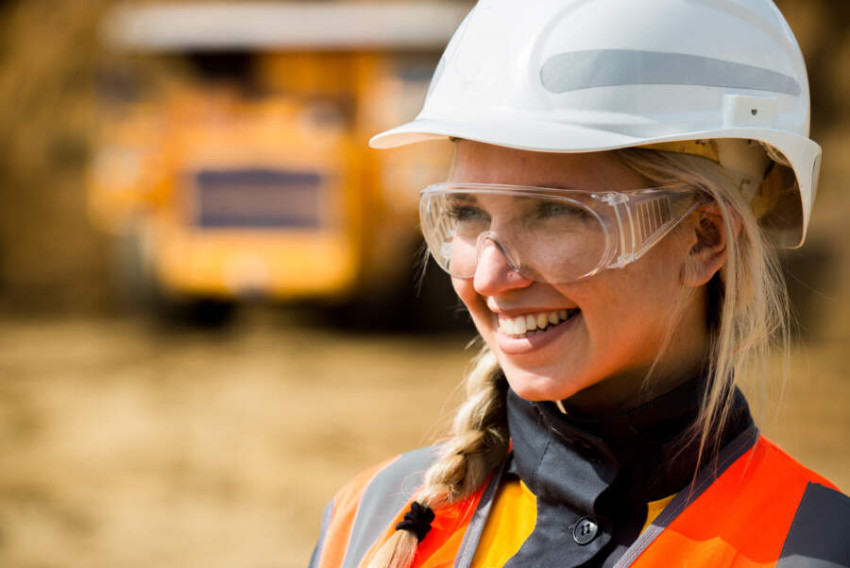
In recent years, the cryptocurrency boom has led many enthusiasts to explore various ways of getting involved in the decentralized world. One popular avenue is building a mining rig, a process that can be both rewarding and educational. In this guide, we will delve into the intricate details of how to build a mining rig, step by step, empowering you to harness the potential of cryptocurrency mining.
Understanding the basics: what is a mining rig?
Before we dive into the nitty-gritty of building a mining rig, let's understand the basics. A mining rig is a specialized computer system designed to solve complex mathematical problems, contributing to the validation of transactions on a blockchain. In return for their computational efforts, miners are rewarded with newly minted cryptocurrency coins. In the context of this guide, we'll focus on building a rig for mining popular cryptocurrencies like Bitcoin or Ethereum.
Components needed for building a mining rig
To embark on your mining rig-building journey, you'll need to gather the following components:
- Graphics Processing Unit (GPU): GPUs are the workhorses of any mining rig, responsible for executing the complex algorithms required for cryptocurrency mining. Popular choices include NVIDIA GeForce and AMD Radeon cards.
- Central Processing Unit (CPU): While not as crucial as the GPU, a solid CPU is still necessary to ensure smooth overall system functioning.
- Motherboard: The motherboard serves as the central hub, connecting all components. Make sure it has enough PCIe slots to accommodate your GPUs.
- Memory (RAM): Opt for at least 8GB of RAM to support the mining operations efficiently.
- Power Supply Unit (PSU): Choose a high-wattage PSU to provide ample power to your components. Modular PSUs are recommended for easy cable management.
- Storage: An SSD is preferable for faster system boot times and improved overall performance.
- Mining Rig Frame: Investing in a purpose-built mining rig frame ensures proper airflow and component spacing, reducing the risk of overheating.
- Cooling System: Efficient cooling is crucial to prevent overheating, especially when the rig operates continuously. Consider aftermarket cooling solutions for both the GPU and CPU.
- Peripheral Components: Include a keyboard, mouse, and a monitor for the initial setup. Once configured, you can manage your mining rig remotely.
Step-by-step guide: building your mining rig
Step 1: Assemble the Mining Rig Frame
Start by assembling the mining rig frame, following the manufacturer's instructions. Ensure it provides sufficient space between GPUs for optimal airflow.
Step 2: Install the Motherboard and CPU
Secure the motherboard onto the frame and install the CPU according to the manufacturer's guidelines. Attach the CPU cooler to ensure efficient heat dissipation.
Step 3: Insert the RAM and Connect Power Supply
Install the RAM modules into the motherboard's RAM slots. Connect the power supply cables to the motherboard, CPU, and other necessary components.
Step 4: Mount the GPUs
Carefully mount the GPUs into the PCIe slots on the motherboard. Use risers if needed to provide extra space and prevent overheating.
Step 5: Connect Storage and Power Up
Connect the storage (SSD) to the motherboard and power up the system to access the BIOS. Configure the BIOS settings, ensuring that the system recognizes all components.
Step 6: Install the Mining Software
Choose and install mining software compatible with your chosen cryptocurrency. Popular options include CGMiner, BFGMiner, and NiceHash.
Step 7: Join a Mining Pool
To increase your chances of earning regular rewards, consider joining a mining pool. Mining pools are communities of miners who combine their computational power to enhance their chances of solving complex algorithms.
Step 8: Monitor and Optimize
Regularly monitor your mining rig's performance using dedicated software. Optimize settings to achieve maximum efficiency while keeping an eye on temperatures to prevent overheating.
Additional tips for successful mining rig building
- Stay Updated: Cryptocurrency mining is a dynamic field, with new hardware and software constantly emerging. Stay informed about the latest developments to optimize your rig's performance.
- Energy Efficiency: Consider the energy efficiency of your mining rig. Using energy-efficient components and exploring renewable energy sources can make your mining venture more sustainable.
- Security Measures: Implement robust security measures to protect your mining rig from potential cyber threats. Regularly update software, use strong passwords, and consider using firewalls and antivirus software.
- Diversify Your Portfolio: While Bitcoin and Ethereum are popular choices, explore other cryptocurrencies for mining opportunities. Diversifying your mining portfolio can mitigate risks and maximize potential returns.
In conclusion, building a mining rig is a rewarding endeavor that allows you to actively participate in the world of cryptocurrency. By following this comprehensive guide and staying informed about industry trends, you'll be well on your way to creating a powerful mining rig capable of unlocking the full potential of decentralized currencies. Happy mining!


